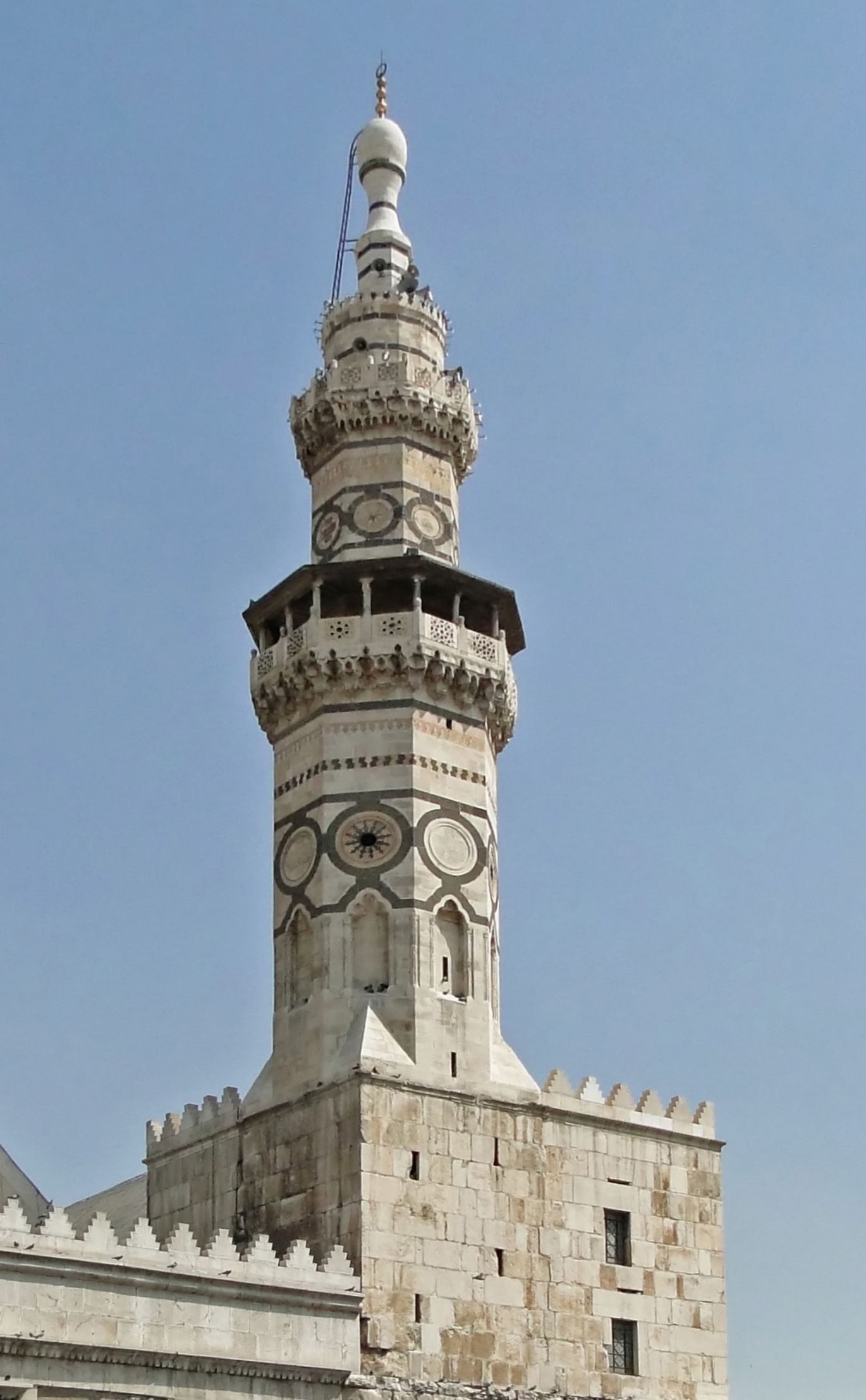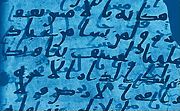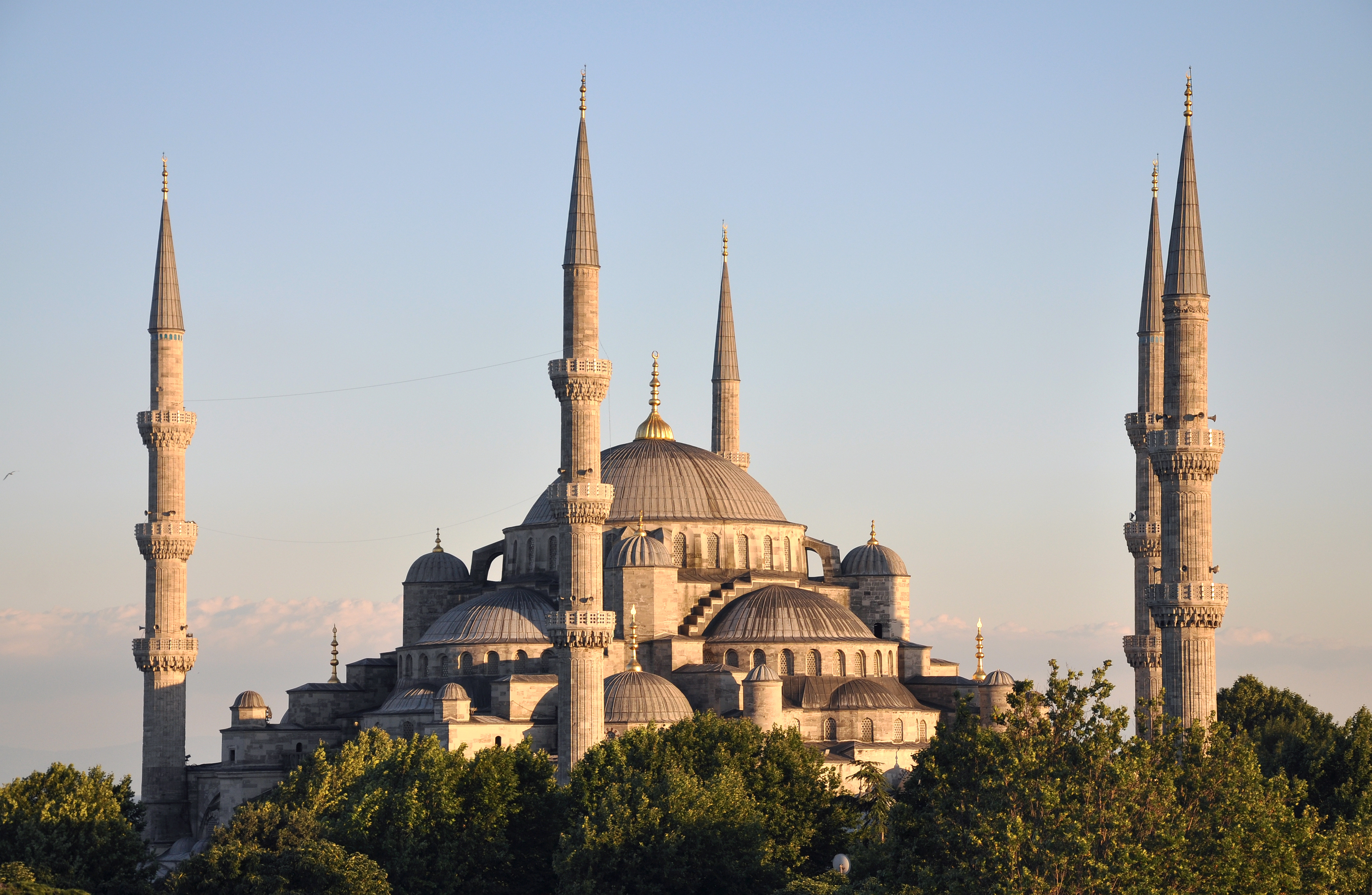|
Rostov-on-Don Cathedral Mosque
Rostov-on-Don Cathedral Mosque (russian: link=no, Соборная мечеть Ростова-на-Дону) is the only functioning mosque in the city of Rostov-on-Don, Rostov Oblast, Russia. History At the beginning of the 20th century, on Krasnoarmeyskaya street of the city there was a built a large Central Mosque. In 1968, it was closed on the order of city authorities without any explanation. Later Muslim community have been allocated a plot of land within the territory of a city park, which is situated at the center of Rostov-on-Don. Attempts to begin construction of a mosque in the city led to conflicts between local residents. As a result, a place for a mosque in Rostov-on-Don was found in a forest park area where no residential buildings were situated within a radius of one hundred meters. [...More Info...] [...Related Items...] OR: [Wikipedia] [Google] [Baidu] |
Rostov-on-Don
Rostov-on-Don ( rus, Ростов-на-Дону, r=Rostov-na-Donu, p=rɐˈstof nə dɐˈnu) is a port city and the administrative centre of Rostov Oblast and the Southern Federal District of Russia. It lies in the southeastern part of the East European Plain on the Don River, from the Sea of Azov, directly north of the North Caucasus. The southwestern suburbs of the city lie above the Don river delta. Rostov-on-Don has a population of over one million people, and is an important cultural centre of Southern Russia. History Early history From ancient times, the area around the mouth of the Don River has held cultural and commercial importance. Ancient indigenous inhabitants included the Scythian and Sarmatian tribes. It was the site of Tanais, an ancient Greek colony, Fort Tana under the Genoese, and Fort Azak in the time of the Ottoman Empire. In 1749, a custom house was established on the Temernik River, a tributary of the Don, by edict of the Empress Elizabeth, the ... [...More Info...] [...Related Items...] OR: [Wikipedia] [Google] [Baidu] |
Islam
Islam (; ar, ۘالِإسلَام, , ) is an Abrahamic monotheistic religion centred primarily around the Quran, a religious text considered by Muslims to be the direct word of God (or ''Allah'') as it was revealed to Muhammad, the main and final Islamic prophet.Peters, F. E. 2009. "Allāh." In , edited by J. L. Esposito. Oxford: Oxford University Press. . (See alsoquick reference) " e Muslims' understanding of Allāh is based...on the Qurʿān's public witness. Allāh is Unique, the Creator, Sovereign, and Judge of mankind. It is Allāh who directs the universe through his direct action on nature and who has guided human history through his prophets, Abraham, with whom he made his covenant, Moses/Moosa, Jesus/Eesa, and Muḥammad, through all of whom he founded his chosen communities, the 'Peoples of the Book.'" It is the world's second-largest religion behind Christianity, with its followers ranging between 1-1.8 billion globally, or around a quarter of the world' ... [...More Info...] [...Related Items...] OR: [Wikipedia] [Google] [Baidu] |
Rostov Oblast
Rostov Oblast ( rus, Росто́вская о́бласть, r=Rostovskaya oblast, p=rɐˈstofskəjə ˈobləsʲtʲ) is a federal subject of Russia (an oblast), located in the Southern Federal District. The oblast has an area of and a population of 4,277,976 ( 2010 Census), making it the sixth most populous federal subject in Russia. Its administrative center is the types of inhabited localities in Russia, city of Rostov-on-Don, which also became the administrative center of the Southern Federal District in 2002. Geography Rostov Oblast borders Ukraine (Donetsk Oblast, Donetsk and Luhansk Oblasts) and also Volgograd Oblast, Volgograd and Voronezh Oblasts in the north, Krasnodar Krai, Krasnodar and Stavropol Krais in the south, and the Republic of Kalmykia in the east. The Rostov oblast is located in the Pontic–Caspian steppe, Pontic-Caspian steppe. It is directly north over the North Caucasus and west of the Yergeni hills.Google Earth It is within the Russian Southern Fede ... [...More Info...] [...Related Items...] OR: [Wikipedia] [Google] [Baidu] |
Minaret
A minaret (; ar, منارة, translit=manāra, or ar, مِئْذَنة, translit=miʾḏana, links=no; tr, minare; fa, گلدسته, translit=goldaste) is a type of tower typically built into or adjacent to mosques. Minarets are generally used to project the Muslim call to prayer ('' adhan''), but they also served as landmarks and symbols of Islam's presence. They can have a variety of forms, from thick, squat towers to soaring, pencil-thin spires. Etymology Two Arabic words are used to denote the minaret tower: ''manāra'' and ''manār''. The English word "minaret" originates from the former, via the Turkish version (). The Arabic word ''manāra'' (plural: ''manārāt'') originally meant a "lamp stand", a cognate of Hebrew ''menorah''. It is assumed to be a derivation of an older reconstructed form, ''manwara''. The other word, ''manār'' (plural: ''manā'ir'' or ''manāyir''), means "a place of light". Both words derive from the Arabic root ''n-w-r'', which has a mea ... [...More Info...] [...Related Items...] OR: [Wikipedia] [Google] [Baidu] |
Koran
The Quran (, ; Standard Arabic: , Quranic Arabic: , , 'the recitation'), also romanized Qur'an or Koran, is the central religious text of Islam, believed by Muslims to be a revelation from God. It is organized in 114 chapters (pl.: , sing.: ), which consist of verses (pl.: , sing.: , cons.: ). In addition to its religious significance, it is widely regarded as the finest work in Arabic literature, and has significantly influenced the Arabic language. Muslims believe that the Quran was orally revealed by God to the final prophet, Muhammad, through the archangel Gabriel incrementally over a period of some 23 years, beginning in the month of Ramadan, when Muhammad was 40; and concluding in 632, the year of his death. Muslims regard the Quran as Muhammad's most important miracle; a proof of his prophethood; and the culmination of a series of divine messages starting with those revealed to Adam, including the Torah, the Psalms and the Gospel. The word ''Quran'' occurs ... [...More Info...] [...Related Items...] OR: [Wikipedia] [Google] [Baidu] |
History Of Islam
The history of Islam concerns the political, social, economic, military, and cultural developments of the Islamic civilization. Most historians believe that Islam originated in Mecca and Medina at the start of the 7th century CE. Muslims regard Islam as a return to the original faith of the Abrahamic prophets, such as Adam, Noah, Abraham, Moses, David, Solomon, and Jesus, with the submission (''Islām'') to the will of God. According to the traditional account, the Islamic prophet Muhammad began receiving what Muslims consider to be divine revelations in 610 CE, calling for submission to the one God, the expectation of the imminent Last Judgement, and caring for the poor and needy. Muhammad's message won over a handful of followers (the ''ṣaḥāba'') and was met with increasing opposition from Meccan notables. In 622 CE, a few years after losing protection with the death of his influential uncle ʾAbū Ṭālib ibn ʿAbd al-Muṭṭalib, Muhammad migrated ... [...More Info...] [...Related Items...] OR: [Wikipedia] [Google] [Baidu] |
2003 Establishments In Russia
3 (three) is a number, numeral and digit. It is the natural number following 2 and preceding 4, and is the smallest odd prime number and the only prime preceding a square number. It has religious or cultural significance in many societies. Evolution of the Arabic digit The use of three lines to denote the number 3 occurred in many writing systems, including some (like Roman and Chinese numerals) that are still in use. That was also the original representation of 3 in the Brahmic (Indian) numerical notation, its earliest forms aligned vertically. However, during the Gupta Empire the sign was modified by the addition of a curve on each line. The Nāgarī script rotated the lines clockwise, so they appeared horizontally, and ended each line with a short downward stroke on the right. In cursive script, the three strokes were eventually connected to form a glyph resembling a with an additional stroke at the bottom: ३. The Indian digits spread to the Caliphate in the 9th ... [...More Info...] [...Related Items...] OR: [Wikipedia] [Google] [Baidu] |
Religious Buildings And Structures In Rostov-on-Don
Religion is usually defined as a social- cultural system of designated behaviors and practices, morals, beliefs, worldviews, texts, sanctified places, prophecies, ethics, or organizations, that generally relates humanity to supernatural, transcendental, and spiritual elements; however, there is no scholarly consensus over what precisely constitutes a religion. Different religions may or may not contain various elements ranging from the divine, sacred things, faith,Tillich, P. (1957) ''Dynamics of faith''. Harper Perennial; (p. 1). a supernatural being or supernatural beings or "some sort of ultimacy and transcendence that will provide norms and power for the rest of life". Religious practices may include rituals, sermons, commemoration or veneration (of deities or saints), sacrifices, festivals, feasts, trances, initiations, funerary services, matrimonial services, meditation, prayer, music, art, dance, public service, or other aspects of human culture ... [...More Info...] [...Related Items...] OR: [Wikipedia] [Google] [Baidu] |
Mosques Completed In 2003
A mosque (; from ar, مَسْجِد, masjid, ; literally "place of ritual prostration"), also called masjid, is a place of prayer for Muslims. Mosques are usually covered buildings, but can be any place where prayers (sujud) are performed, including outdoor courtyards. The first mosques were simple places of prayer for Muslims, and may have been open spaces rather than buildings. In the first stage of Islamic architecture, 650-750 CE, early mosques comprised open and closed covered spaces enclosed by walls, often with minarets from which calls to prayer were issued. Mosque buildings typically contain an ornamental niche (''mihrab'') set into the wall that indicates the direction of Mecca (''qiblah''), ablution facilities. The pulpit (''minbar''), from which the Friday (jumu'ah) sermon (''khutba'') is delivered, was in earlier times characteristic of the central city mosque, but has since become common in smaller mosques. Mosques typically have segregated spaces for men and wo ... [...More Info...] [...Related Items...] OR: [Wikipedia] [Google] [Baidu] |
2.jpg)
.jpg)




